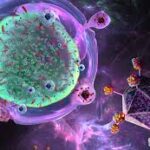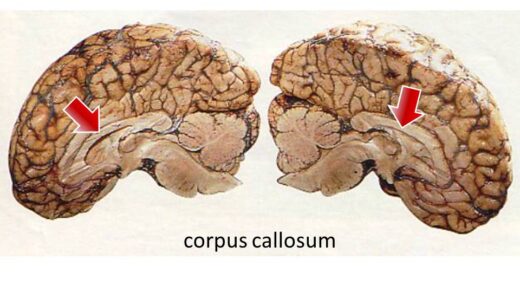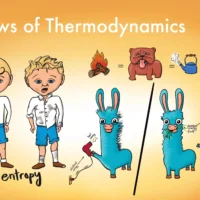The immune system’s adaptability and complexity are nothing short of astounding, with macrophages playing a pivotal role in maintaining health and combating disease. Recent research has shed light on the intricate interplay between hypoxia (low oxygen levels) and inflammation, revealing how these conditions synergistically alter macrophage transcriptomes. This blog post delves into the mechanisms behind this phenomenon and its broader implications.

Credit: nature.com
What Is Hypoxia and Inflammation ?
Hypoxia occurs when tissues are deprived of adequate oxygen, a condition often seen in tumors, ischemic tissues, and chronic inflammatory sites. Inflammation, on the other hand, is the body’s response to injury or infection, characterized by the release of various signaling molecules. Both hypoxia and inflammation are crucial for immune responses, but when they occur simultaneously, their combined effects can lead to significant changes in cellular functions.

Image Credit : Springer Nature
Macrophages – Immune System Warrior
Macrophages are versatile cells that not only engulf and destroy pathogens but also regulate inflammation and tissue repair. They adapt to their microenvironment by altering their gene expression patterns, a process governed by their transcriptome. Understanding how hypoxia and inflammation influence macrophage transcriptomes is key to deciphering their roles in health and disease.

Image Credits-Research gate-Kely Campos Navegantes
The Synergistic Impact of Hypoxia and Inflammation:
Recent studies have highlighted that when macrophages are exposed to both hypoxic conditions and inflammatory signals, there is a synergistic turnover in their transcriptomes. This means that the combined impact of these conditions is greater than the sum of their individual effects. The altered transcriptome includes changes in genes associated with:
1. Immune Response Modulation:
– Increased expression of pro-inflammatory cytokines and chemokines, enhancing the immune response.
– Upregulation of genes involved in antigen presentation, improving the macrophages’ ability to activate other immune cells.
2. Metabolic Adaptations:
– Shift from oxidative phosphorylation to glycolysis, a metabolic adaptation to low oxygen availability.
– Enhanced expression of hypoxia-inducible factors (HIFs), which play a critical role in cellular responses to hypoxia.
3. Tissue Remodeling and Repair:
– Upregulation of genes involved in extracellular matrix degradation and remodeling.
– Increased expression of growth factors that promote tissue repair and angiogenesis.

Image Credit : nature.com
Hypoxia induced gene expression changes
Implications for Health and Disease
The synergistic turnover of macrophage transcriptomes under hypoxia and inflammation has profound implications for various diseases:
– Cancer: Tumor-associated macrophages often encounter hypoxic and inflammatory conditions, influencing tumor progression, immune evasion, and metastasis. Targeting these macrophages could enhance anti-tumor therapies.
– Ischemic Diseases: In conditions like heart attacks and strokes, hypoxia and inflammation contribute to tissue damage. Modulating macrophage responses could improve tissue repair and recovery.
– Chronic Inflammatory Disorders: Diseases such as rheumatoid arthritis and inflammatory bowel disease involve persistent inflammation. Understanding macrophage adaptations can lead to new therapeutic strategies to control inflammation.
Future Directions and Challenges:
While these findings open new avenues for therapeutic interventions, several challenges remain:
– Translational Research: Validating these findings in clinical settings and developing drugs that can precisely target the altered macrophage transcriptomes.
– Side Effects: Ensuring that targeted therapies do not inadvertently disrupt normal immune functions or cause adverse effects.

LAST WORDS :
The synergistic effects of hypoxia and inflammation on macrophage transcriptomes highlight the complexity of immune responses and the potential for novel therapeutic approaches. By decoding these intricate interactions, researchers are paving the way for breakthroughs in treating various diseases where hypoxia and inflammation play a critical role.

Engage with Us:
Stay tuned for more captivating insights and News. Visit our Blogs and Follow Us on social media to never miss an update. Together, let’s unravel the mysteries of the natural world.
FOR MORE DETAILED UNDERSTANDING

















